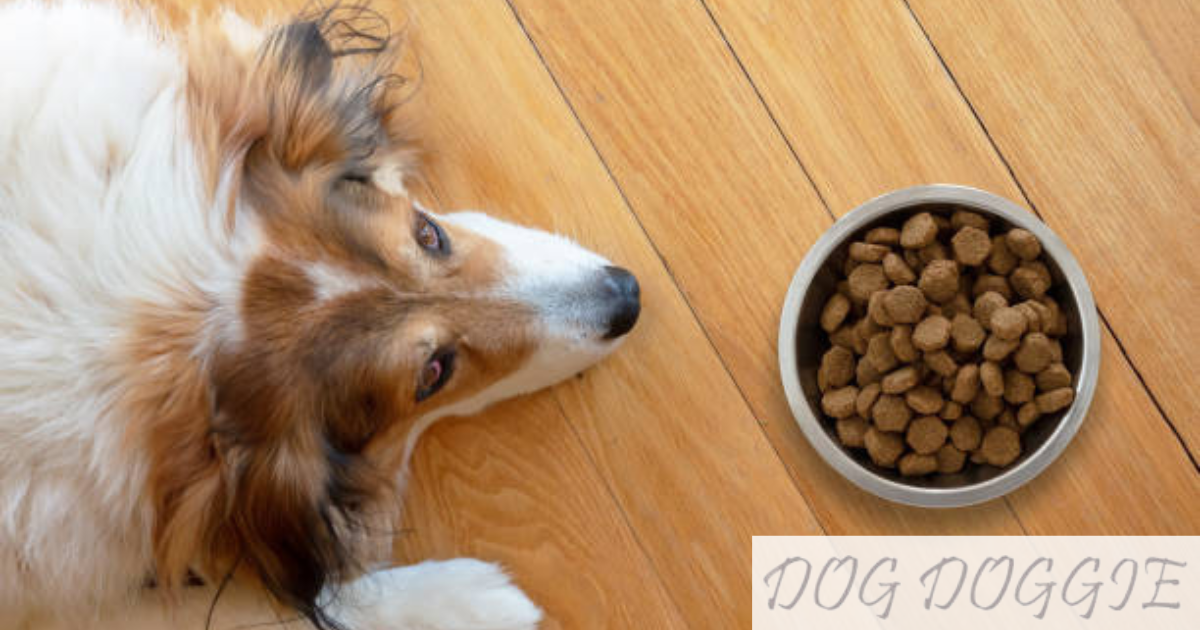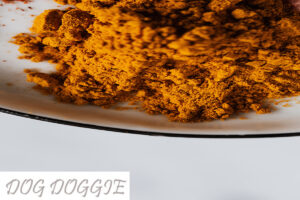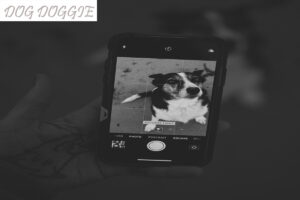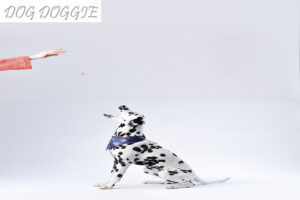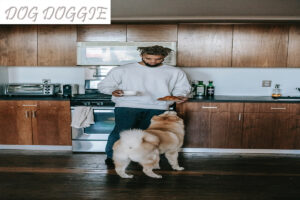Have you ever noticed your dog not eating his food and thought, Why isn’t my dog eating his food? I just fed him! It’s one of dog owners’ most common questions, and it’s not hard to understand why. Your dog not eating his food could be a sign that he has an underlying health issue that needs addressing immediately or something as simple as the environment he’s in or the food he’s eating. Taking a look at some of the mosts common reasons why isn’t my dog eating his food so we can figure out why your pet isn’t eating his food!
10 Common Reasons Your Dog May Not Be Eating
1. schedule changes.
If your dog is used to snacking at night but recently switched to an early morning feeding schedule, he may have trouble adapting to the change. Try moving his meal time back a few hours until he starts eating again.
2. Lack of routine or boredom
Some dogs need more mental stimulation than others and may get bored if there’s nothing to do all day. Try providing your dog with toys or engaging games like hide-and-seek.
3. Diet changes.
Dogs are very sensitive to changes in their diets and may reject a new food if it doesn’t smell right or tastes different from what they’re accustomed to. Be patient with your pup as it adjusts, offer your dog small amounts of food multiple times per day, and gradually increase the amount over time as he learns to enjoy it.
4. Gastrointestinal issues.
Issues such as diarrhea or vomiting can cause your pup to lose appetite; try switching to a bland diet while their system heals before adding any other foods back in one by one.
5. Aches and pains.
Painful conditions such as arthritis can make it difficult for your dog to eat due to difficulty chewing, swallowing, and even standing up comfortably.
6. Illness or injury.
Just like humans, when dogs are sick or injured, they often refuse to eat anything due to the discomfor it refuse to eat anything due to the discomfort it causes.
7. Teething pups.
Puppies who are teething may not be interested in anything but treats and chew toys that soothe their gums, which means they won’t want to eat their regular kibble either.
8. Allergies
Ingestion of certain types of food can lead to allergic reactions in some dogs, including itching to hives and gastrointestinal distress, causing decreased appetite.
9. Recent vaccine
Some vaccines have unpleasant side effects, including a temporary loss of appetite. Be patient and keep giving your dog water bowls to refill. Only sometimes do the negative effects last longer than two days. Your dog should not use it to avoid being vaccinated. During the session, you can ask your vet or vet tech about ways to help your pet cope with these adverse effects while they last.
10. Stress.
When faced with stressful situations, many animals will stop eating altogether as a coping mechanism – particularly those who aren’t typically aggressive or territorial towards people and other animals (such as house pets). The best way to help your pet through stressful periods is to find ways to alleviate those stresses – whether it’s giving them extra attention and affection or changing their environment to reduce sources of stress.
Is There Anything Wrong With The Food I Am Feeding Him?
If your dog refuses to eat, it’s a good idea to check if there is anything wrong with the food you’re feeding him. If he has been eating the same food for months, his taste buds might have changed, and he might be getting bored of the flavor. In this case, switching his diet to kibble or wet food is best.
Are There Health Issues That Are Affecting His Appetite
Most of the time, a dog that won’t eat has an underlying health issue. One possible cause is dental problems, which can be diagnosed by taking the dog to the vet to have his teeth checked. Another potential problem is a condition called megaesophagus, which causes food to enter the esophagus instead of going down into the stomach. The megaesophagus can be diagnosed by doing an x-ray of your dog’s chest while he eats.
How Do You Get A Picky Eater To Start Eating Again?
You will want first to evaluate the cause of your dog’s pickiness. Is it because they are bore with their food, hungry, or teething? If it’s a combination of these things, then you should try changing the type of food your dog is eating. For example, if you are feeding them wet and dry food, you might want to feed them wet food before they return to eating their dry food.
Stella & Chewy’s Freeze-Dried Raw Marie’s Magical Dinner Dust for Dogs

- Buy On Amazon
Stress And Anxiety As Cause For Loss Of Appetite In Dogs
Stress or anxiety is among the most frequent causes of a dog’s lack of appetite. This can happen in several ways, for example: being left alone all day, having too many pets in the household, or because they are feeling threatened by another animal or person.
How To Help A Sick Or Injured Animal Who Doesn’t Want To Eat
If your pet refuses to eat, you can still ensure it gets the nutrients it needs. First, try adding some wet food (chicken or beef broth) to dry food. You can also buy canned food as a supplement if your pet cannot eat much solid food. If your pet is vomiting or having diarrhea. You should call their veterinarian immediately for advice on how to treat them.
When An Obese Animal Has Difficulty Eating
Your dog may have trouble chewing and swallowing if he is overweight. In these cases, you may need to feed him wet food that is easy to chew. You can also place a few tablespoons of canned pumpkin in the food, thickening it up. This will make it easier for your dog to eat.
A dog that isn’t eating can be distressing for pet owners, even if they know the exact cause. If your pet isn’t acting normally after a few days. You should contact your vet to discuss what you can do to help them.
Read More:

